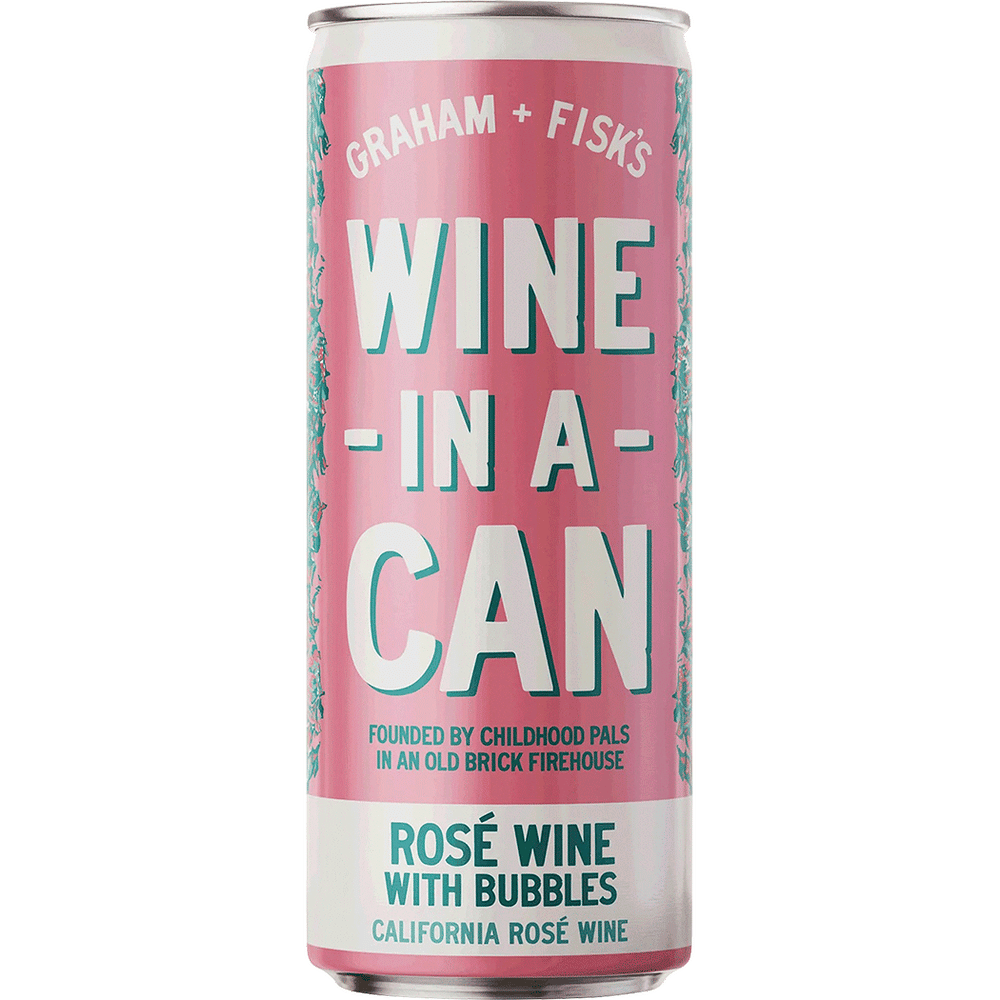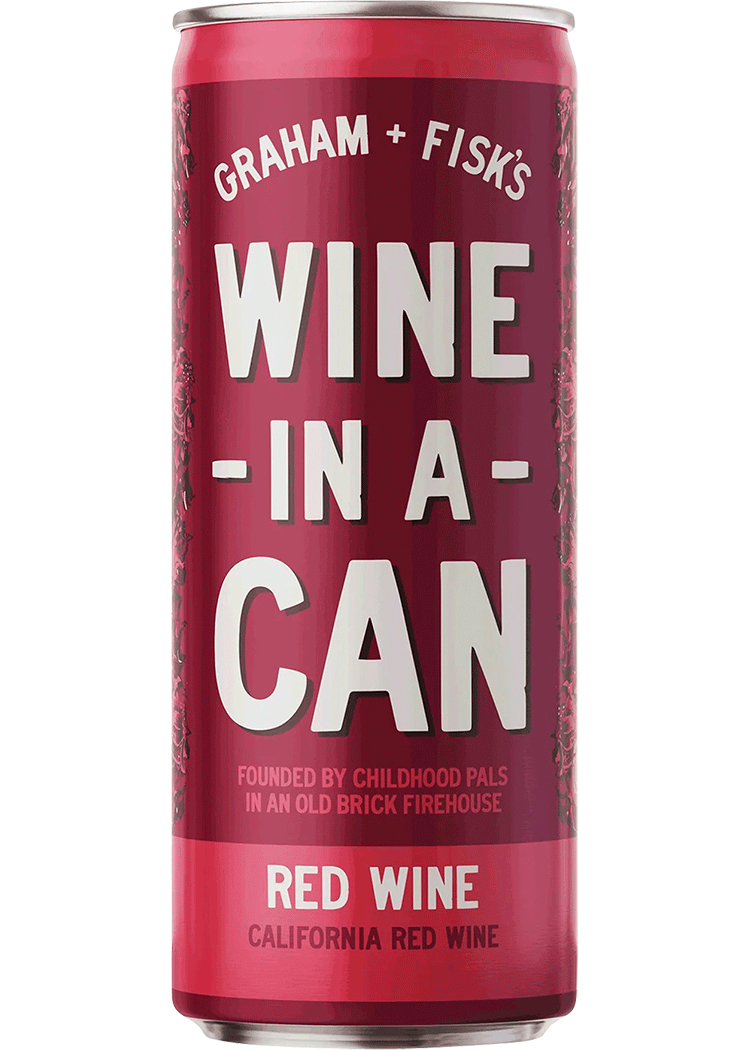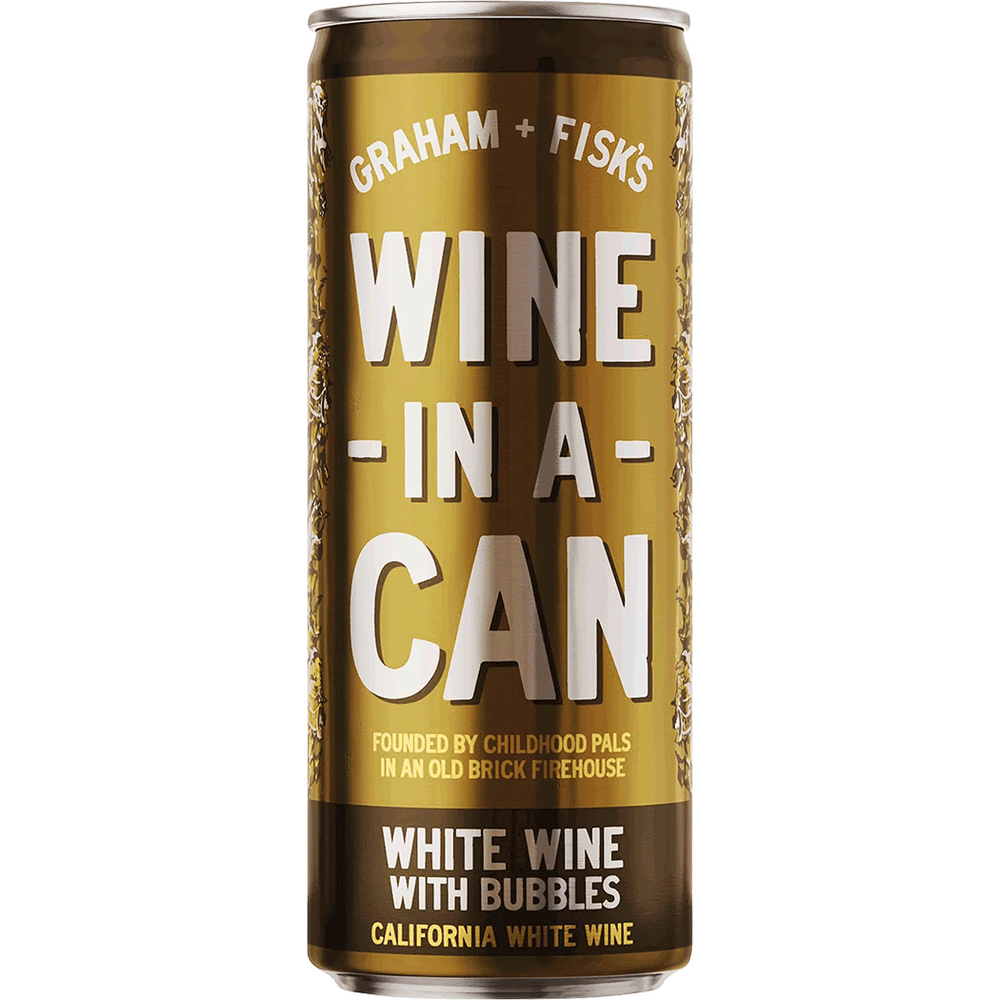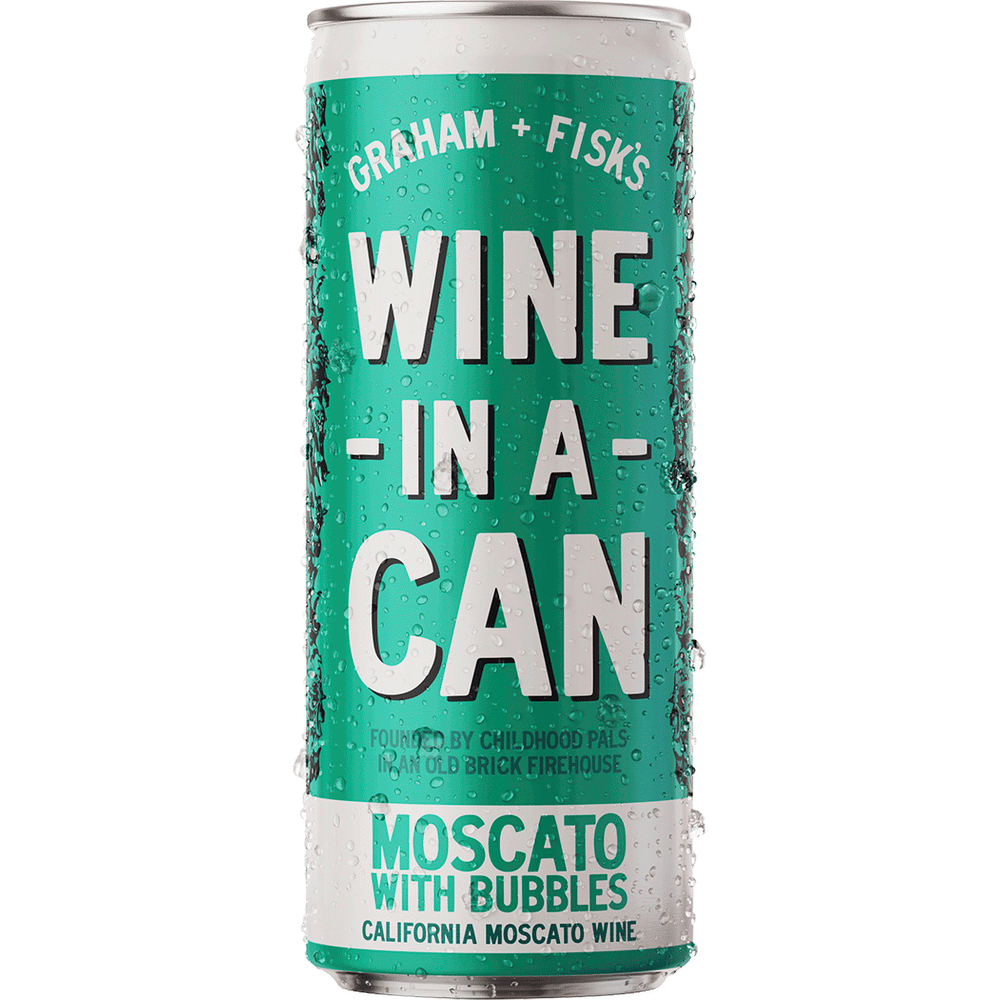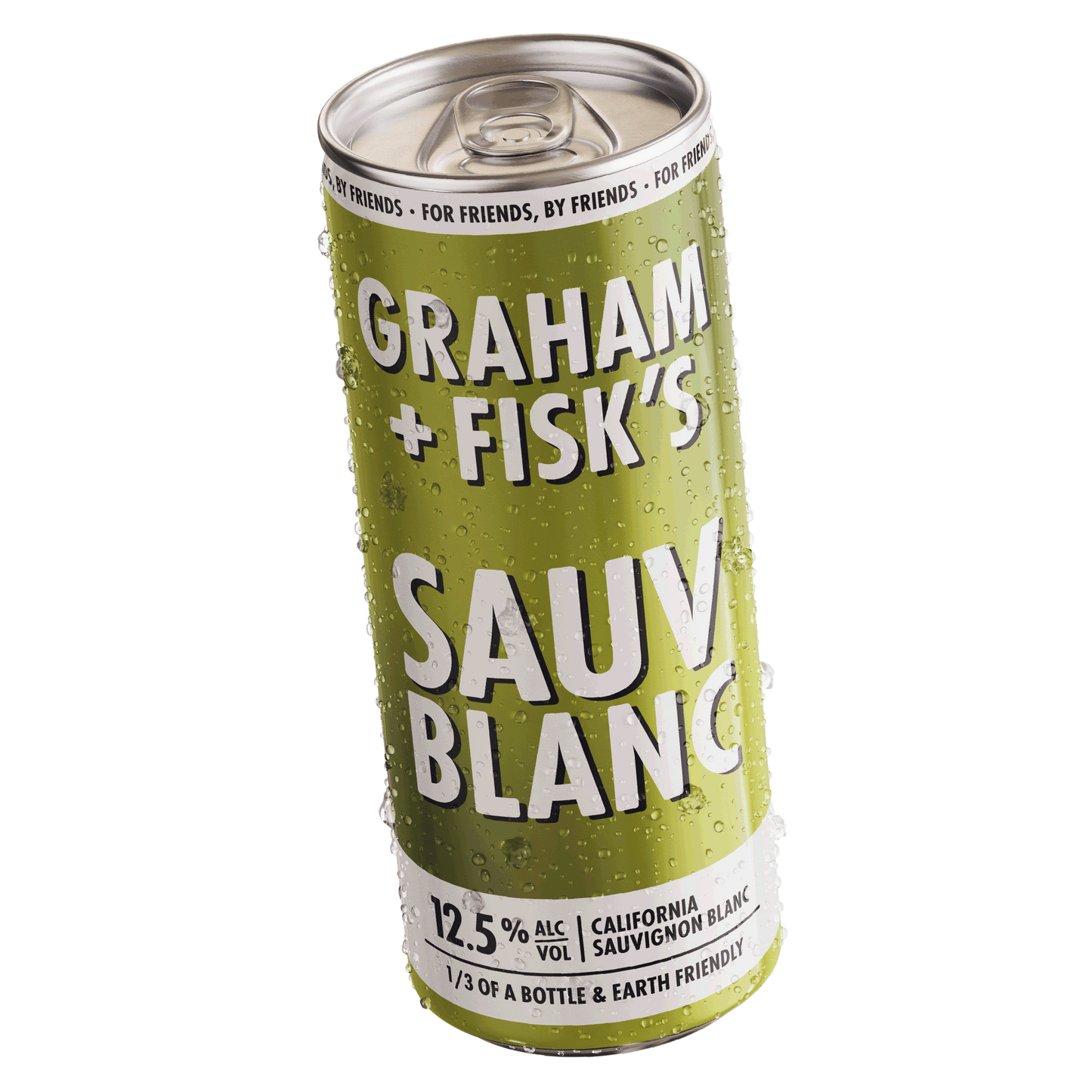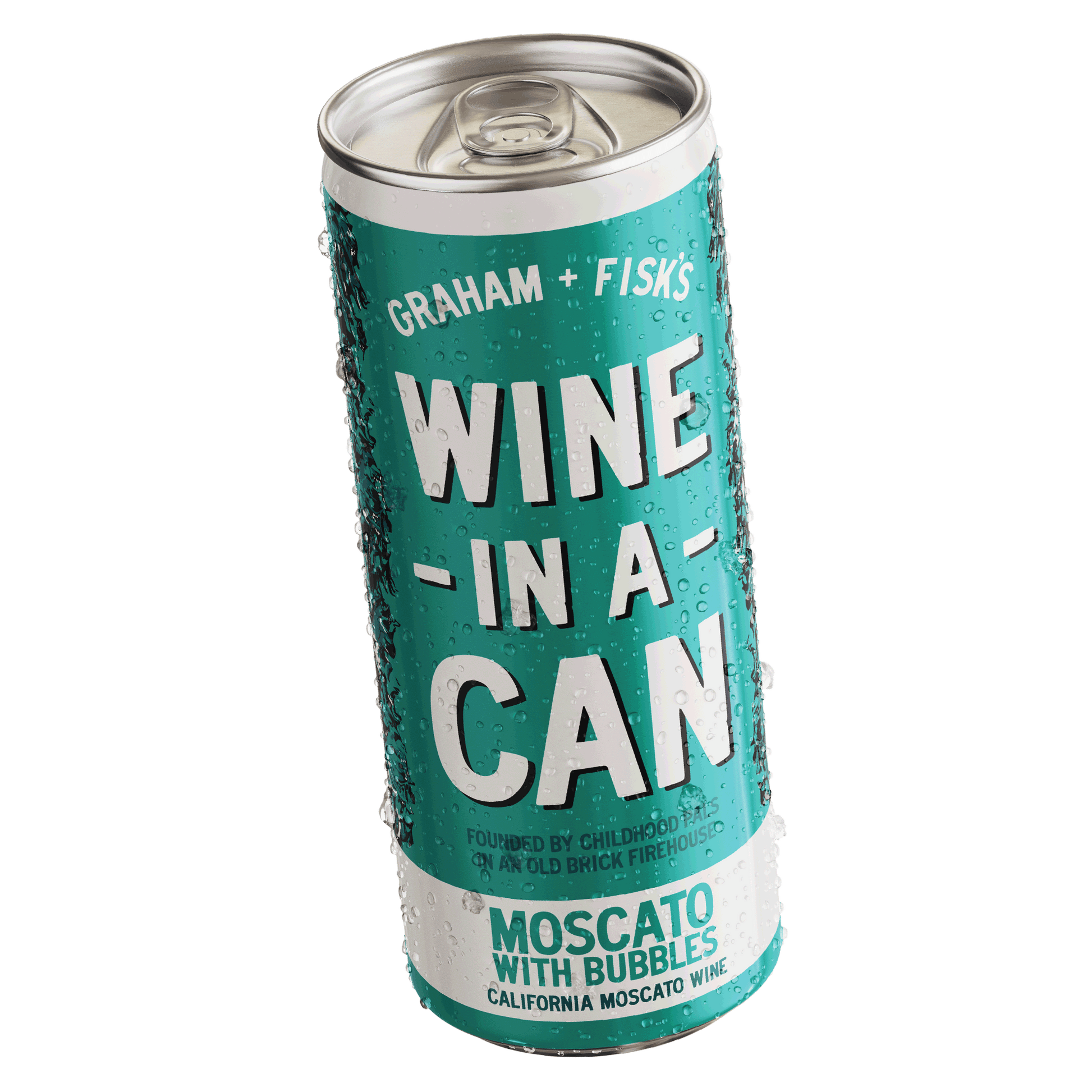Graham And Fisk's Wine In A Can
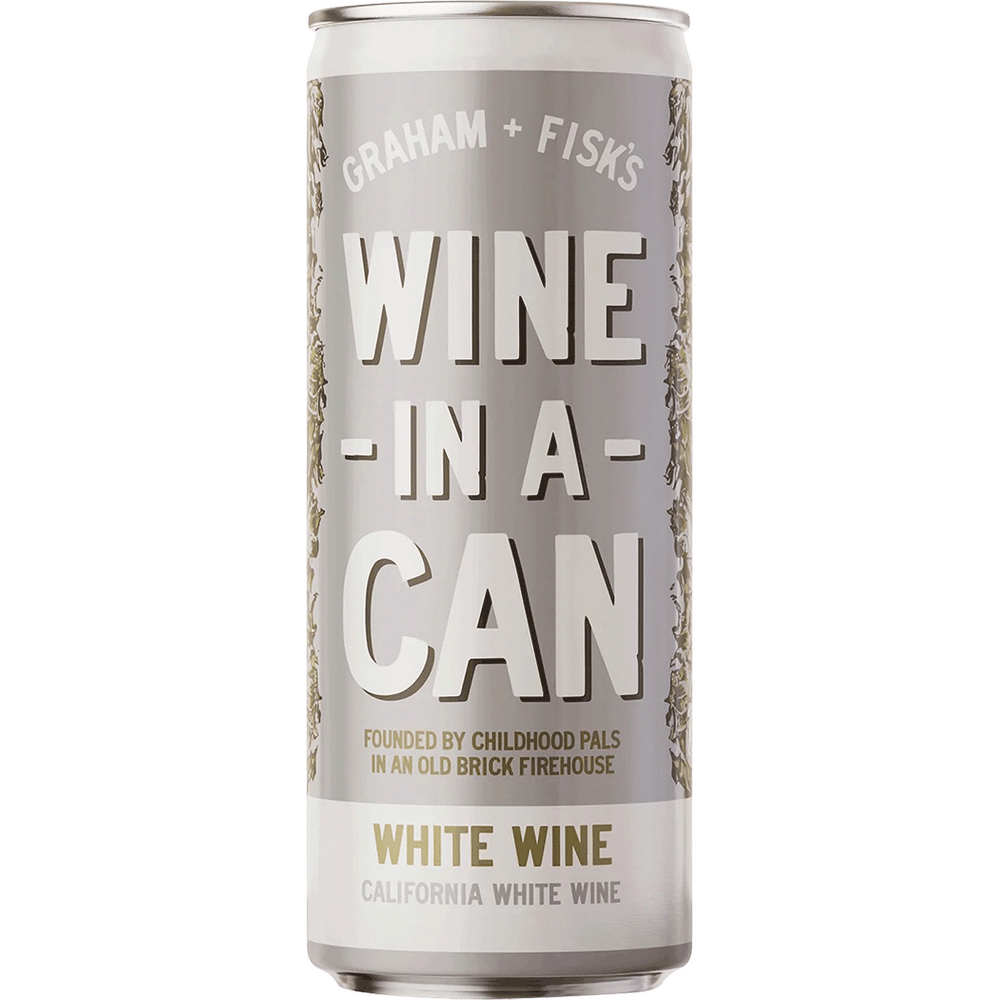
The wine industry, steeped in tradition and often associated with elegant glass bottles, is undergoing a quiet revolution. A growing trend, fueled by changing consumer preferences and a desire for convenience, is challenging the status quo: wine in a can. Among the brands leading this charge is Graham + Fisk's Wine-In-A-Can, a company making waves with its approach to portable and accessible wine.
This isn't just about convenience; it's about reimagining how, where, and why people enjoy wine. Whether it is a picnic in the park, a camping trip, or a casual backyard gathering, Graham + Fisk's is betting that canned wine is poised to disrupt the traditional wine market. Its success, and the overall growth of the canned wine segment, points to a potentially significant shift in the broader beverage landscape.
A Closer Look at Graham + Fisk's
Graham + Fisk's Wine-In-A-Can has quickly carved a niche for itself in the competitive beverage industry. The company focuses on providing premium wine experiences in a portable format. This commitment has resonated with consumers seeking both quality and convenience.
According to the company website, Graham + Fisk's was founded on the principle of making wine accessible to everyone. Their range includes popular varietals like rosé, white wine, and red wine blends, all packaged in sleek, single-serving cans. The company emphasizes the use of high-quality grapes and a meticulous winemaking process.
The Rise of Canned Wine: Market Trends
The canned wine market has experienced significant growth in recent years. This growth is attributed to several factors, including changing consumer preferences, increased demand for single-serving options, and the growing popularity of outdoor activities. Data from market research firms like Nielsen indicate a consistent upward trend in canned wine sales.
Younger demographics, in particular, are driving the demand for canned wine. They are more open to alternative packaging and appreciate the convenience and portability that cans offer. This demographic shift is forcing traditional wine producers to reconsider their approach to packaging and marketing.
According to a report by Grand View Research, the global canned wine market is projected to reach substantial growth by 2028. This projection underscores the long-term potential of canned wine and its increasing acceptance among consumers.
Benefits and Challenges of Canned Wine
Canned wine offers several advantages over traditional bottled wine. These advantages include portability, convenience, and sustainability. Cans are lighter and easier to transport than glass bottles, making them ideal for outdoor activities.
Cans also eliminate the need for corkscrews and wine glasses. Single-serving cans reduce wine waste, as consumers can easily enjoy a single portion without opening an entire bottle. This is particularly appealing to individuals who prefer to drink wine occasionally or who live alone.
However, canned wine also faces certain challenges. One of the main challenges is overcoming the perception that canned wine is of lower quality than bottled wine. Educating consumers about the quality and craftsmanship of canned wine is crucial for continued growth.
Another challenge is ensuring the wine's stability and preservation in the can. Graham + Fisk's and other canned wine producers use specialized can linings to prevent the wine from reacting with the aluminum. This process helps maintain the wine's flavor and quality over time.
Sustainability and Environmental Impact
The environmental impact of canned wine is another important consideration. Aluminum cans are highly recyclable. They can be recycled infinitely without losing their quality. This makes canned wine a more sustainable option compared to glass bottles.
The lightweight nature of aluminum cans also reduces transportation costs and carbon emissions. According to the Aluminum Association, recycling aluminum requires significantly less energy than producing new aluminum. This further contributes to the environmental benefits of canned wine.
The Future of Wine: Innovation and Adaptation
The success of Graham + Fisk's Wine-In-A-Can and the overall growth of the canned wine market reflect a broader trend towards innovation and adaptation in the wine industry. Traditional wine producers are increasingly exploring alternative packaging options to appeal to a wider range of consumers.
Some wineries are experimenting with different can designs and sizes. They are also developing new wine blends specifically tailored for canned consumption. This includes creating lighter and fruitier wines that are well-suited to the format.
The rise of canned wine is forcing the industry to reconsider its traditional notions of what constitutes a "good" wine. The focus is shifting from exclusivity and formality to accessibility and enjoyment. This shift could potentially democratize the wine market and make it more inclusive.
Expert Opinions and Consumer Sentiment
Wine critics and experts have offered mixed opinions on canned wine. Some have praised the convenience and accessibility of the format, while others remain skeptical about the quality. However, even skeptics acknowledge that canned wine has improved significantly in recent years.
Consumer sentiment towards canned wine is largely positive. Many consumers appreciate the convenience and portability that cans offer, particularly for outdoor activities and social gatherings. Social media platforms are filled with positive reviews and photos of people enjoying canned wine in various settings.
Graham + Fisk's has received positive feedback for its wine quality and innovative packaging. The company's social media presence and online reviews reflect a strong customer base. They are actively engaging with the brand and its products.
Conclusion: A New Era for Wine Consumption
Graham + Fisk's Wine-In-A-Can is at the forefront of a significant transformation in the wine industry. The company's success demonstrates the growing demand for convenient, portable, and sustainable wine options. As consumer preferences continue to evolve, canned wine is poised to play an increasingly important role in the beverage landscape.
While challenges remain, the innovation and adaptation within the industry suggest a promising future for canned wine. Whether it will completely replace bottled wine is unlikely, but it has certainly established itself as a viable and increasingly popular alternative. The future of wine consumption is undoubtedly becoming more accessible, sustainable, and portable.

